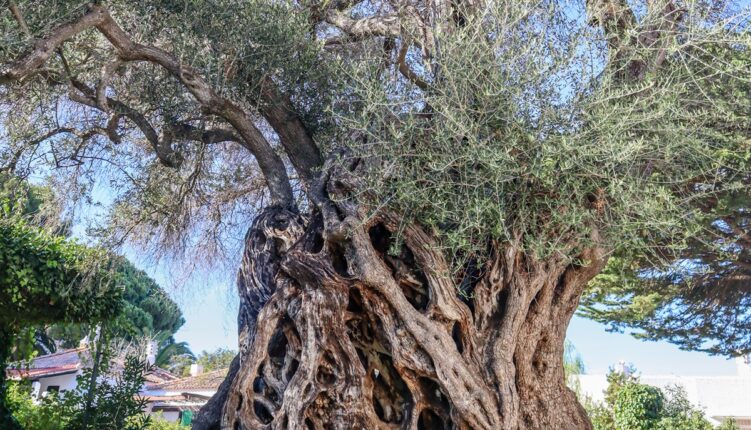European Tree of the Year 2021 was won by Spain’s 1,000-year-old holm oak, The Millennial Carrasca of Lecina, beating 14 finalists to first place.
The aim of the European Tree of the Year competition is to highlight the importance of ancient trees in our cultural and natural heritage. Unlike many other competitions, the European Tree of the Year does not focus solely on the beauty, size or age of a tree but also on its history and relationship with the community.
Portugal won first place in 2018 with The Whistler, a cork oak tree growing in Águas de Moura close to Setubal (near Lisbon).
In 1988 the tree was classified as a Tree of Public Interest (giving it state protection) and is registered in the Guinness Book of Records as the largest cork oak in the world.
The Whistler is a little over 16.2 metres tall and its trunk has a circumference of around 4 metres.
Since Portugal’s debut and winning year, the country has not succeeded in gaining higher than 3rd place but the plan is to change that this year.
There are two Algarve trees in Portugal’s 2022 Tree of the Year competition. The first is a 2,225-year-old tree known as the Royal Olive Tree in Tavira.
Believed to have been planted during the Roman occupation of the region, visitors staying at Aldeamento Pedras D’el Rei can enjoy a meal under its branches or just sit and enjoy the shade it offers.
Standing at just over 10 metres tall, the tree’s trunk has a circumference of 11 metres and was classified in 1984 as a Tree of Public Interest.
In fact, the trunk is hollow creating inside a circular “room” that has a diameter of 1.3 metres.
The second tree is known as the Millennial Olive Tree and is growing in Morgado do Quintão, close to Silves.
Also over 2,000 years old, this olive tree stands at a height of 5 metres and its trunk has a circumference of 4 metres.
Standing within an old farm that belonged to the Count of Silves, and which is still owned by descendants of the count, visitors will find vineyards, other olive trees together with almond and fig trees.
Voting is now over; we just need to wait for the winner to be announced.
Click here for more information on the competition.
Interested in how olive oil is extracted and its history? Click here for more information.
Photo of the Royal Olive Tree courtesy of Vasco Queiroga

